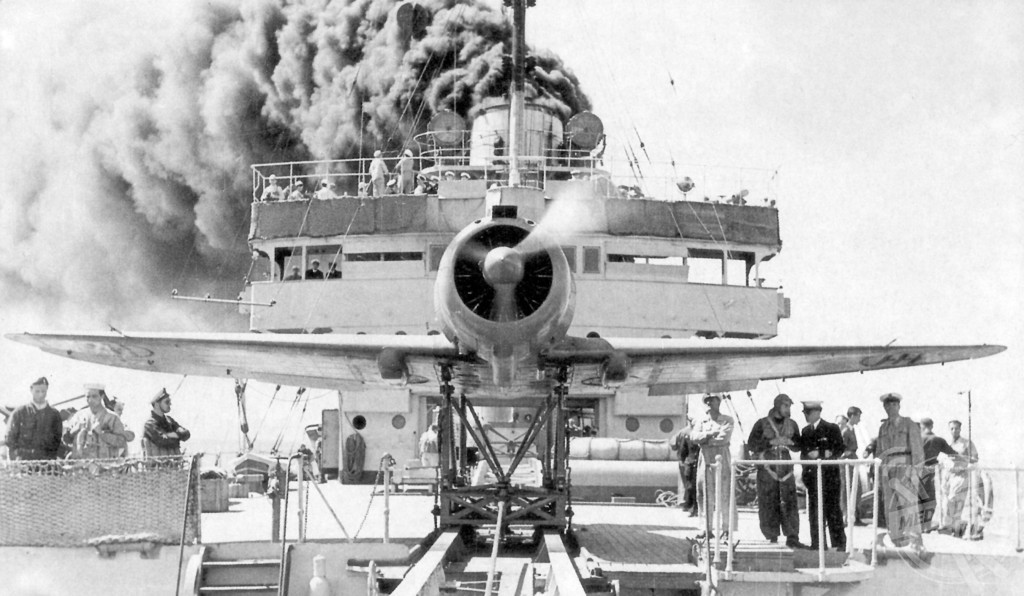By Mark McConville
A NEW BOOK has revealed how Germany’s most important ally during World War Two, Italy, might have stolen Nazi V1 rocket technology with the intention of creating a game-changing weapon.
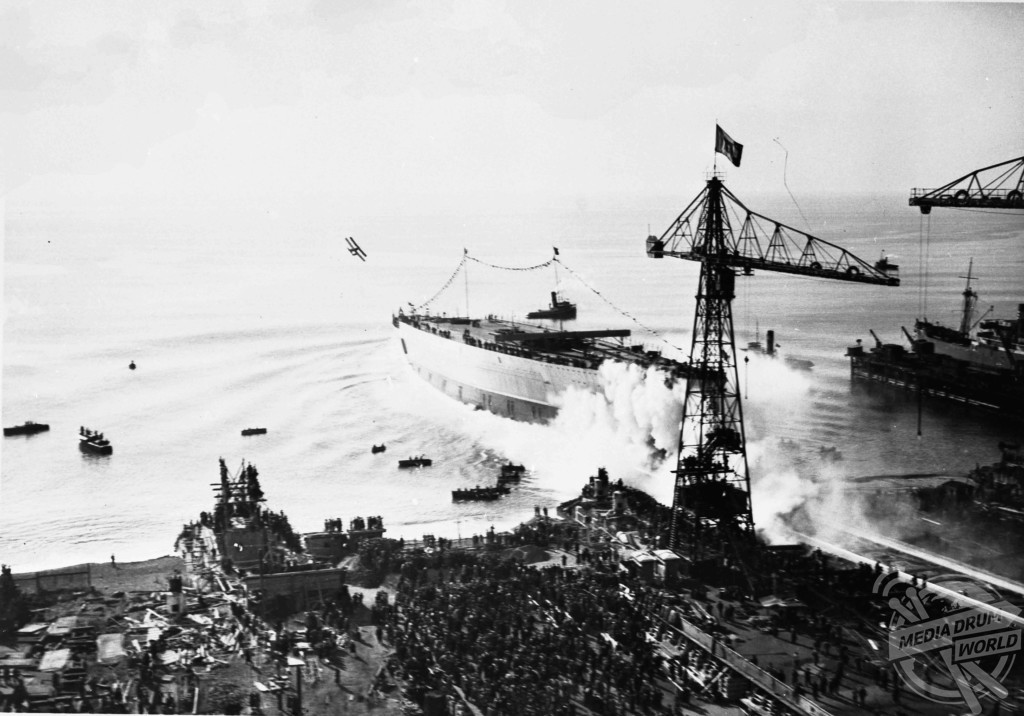
Fonthill Media / mediadrumworld.com
The book also details an Italian warship that was due to carry the Nazi-designed V-1 rocket that caused terror in the UK during the blitz and this new secret weapon.
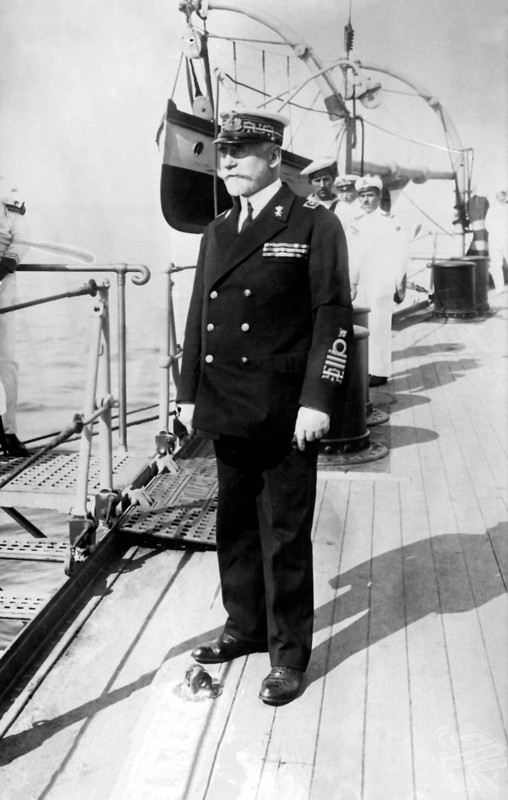
Fonthill Media / mediadrumworld.com
From 1941, Italy had been developing a top-secret project to install guided rocket weapons aboard aircraft carriers. Campini Capron’s revolutionary guided rocket weapon, the DAAC, which would later become Hitler’s Henschel HS-117 Schmetterling (‘Butterfly’), was the selected projectile.
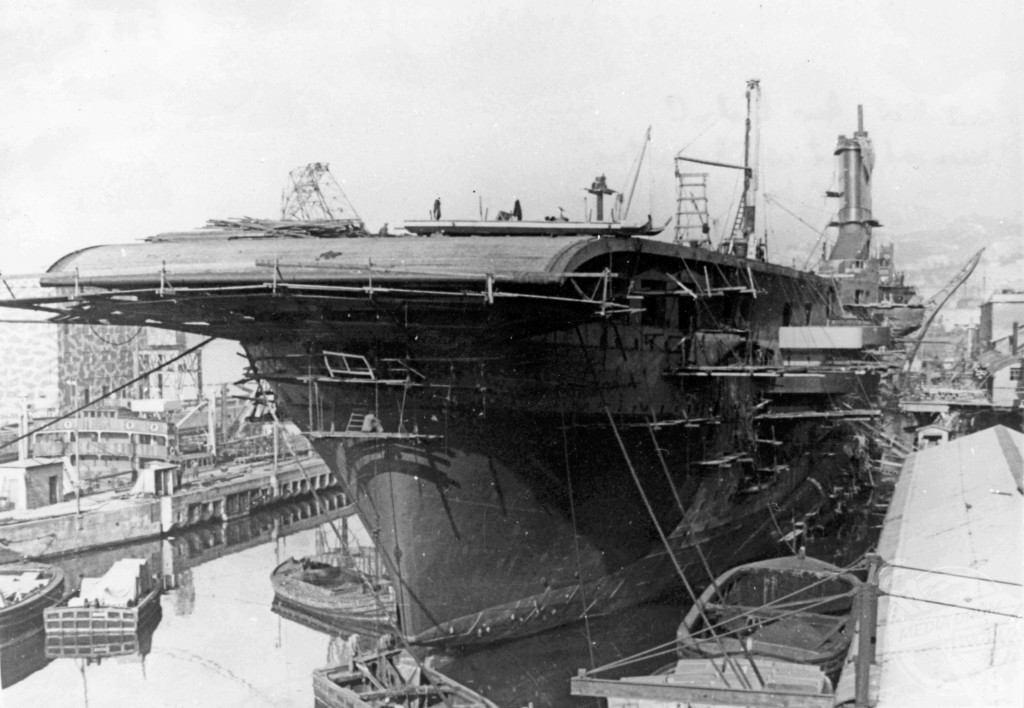
Fonthill Media / mediadrumworld.com
Classified intelligence on the V-1 flying bomb and other aircraft projects were acquired and then discarded when Ansaldo’s naval architect, Lino Campagnoli (1911–1975), issued plans for the Impero battleship to be transformed into a modern fleet carrier.

Fonthill Media / mediadrumworld.com
The new revelations come in Davide F Jabes and Steffano Sappino’s new book, Aircraft Carrier Impero: The Axis Powers’ V-1 Carying Capital Ship, which is published by Fonthill Media.
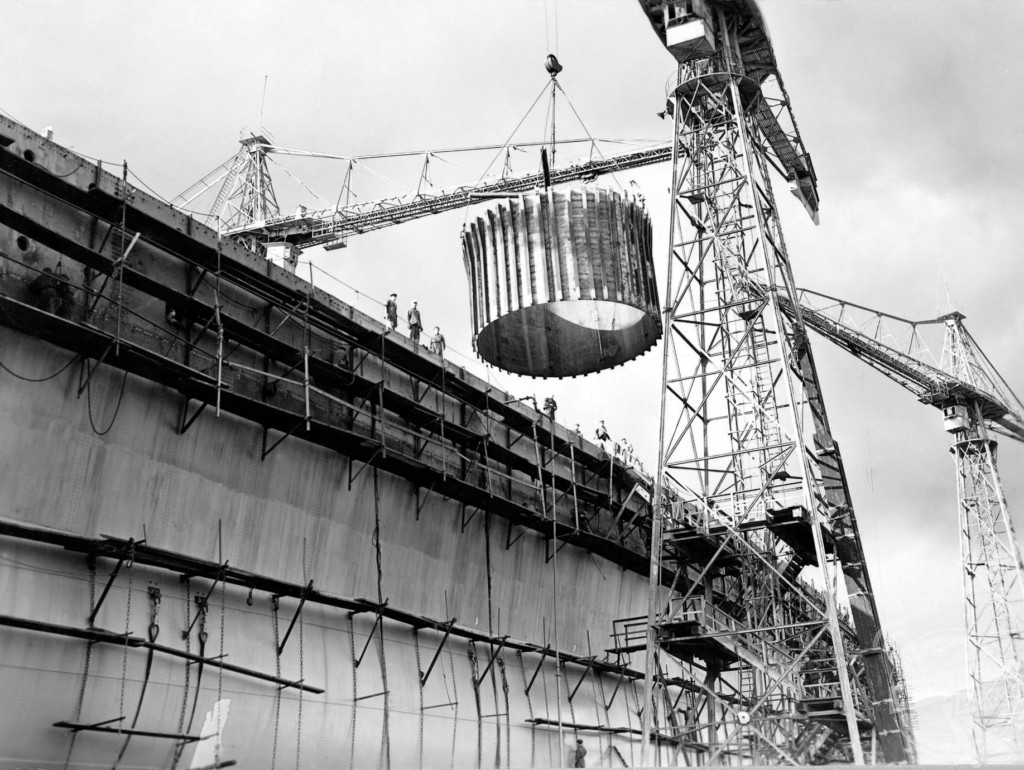
Fonthill Media / mediadrumworld.com
“Through original and unpublished documents, sources have been found regarding the transformation of the battleship to aircraft carrier, how it was conceived in order to accommodate jet propulsion weapons, and that both the German V1 and the previously unknown Italian DAACs (experimental rocket-propelled weapons from 1940) had been taken into consideration for this purpose,” they write in the book’s introduction.
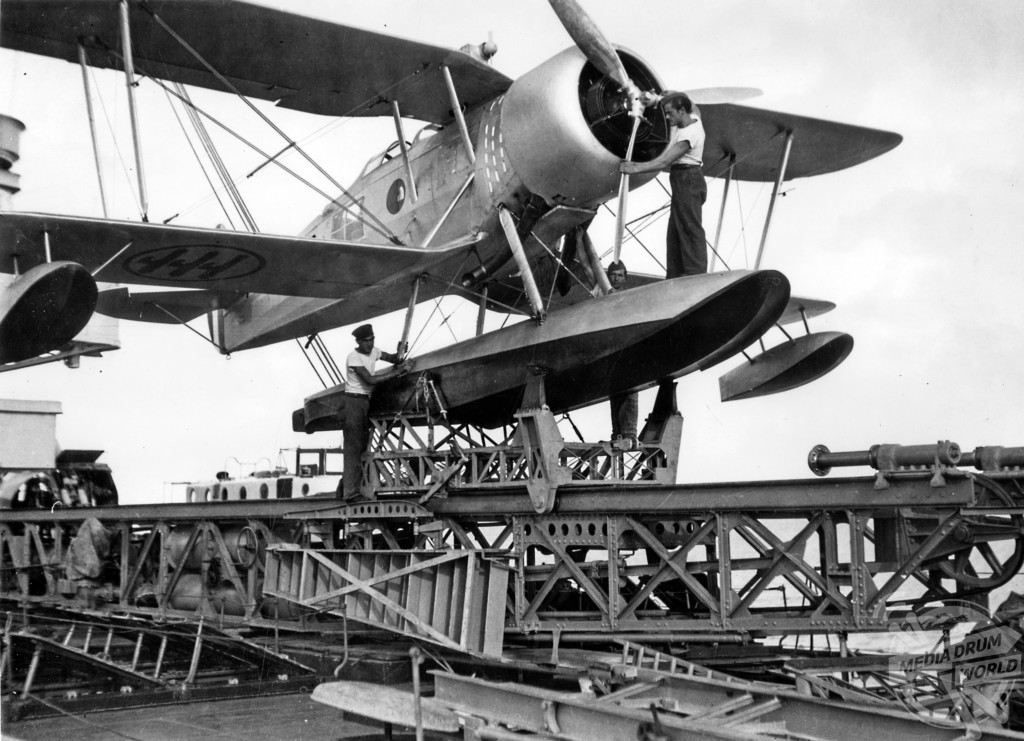
Fonthill Media / mediadrumworld.com
“While studying the documents, we found a complete lack of collaboration among the axis forces. This was just another demonstration of how the Fascist regime was unaware of military problems before the conflict began and subsequently was entirely incapable of adapting to the evolution of wartime events.
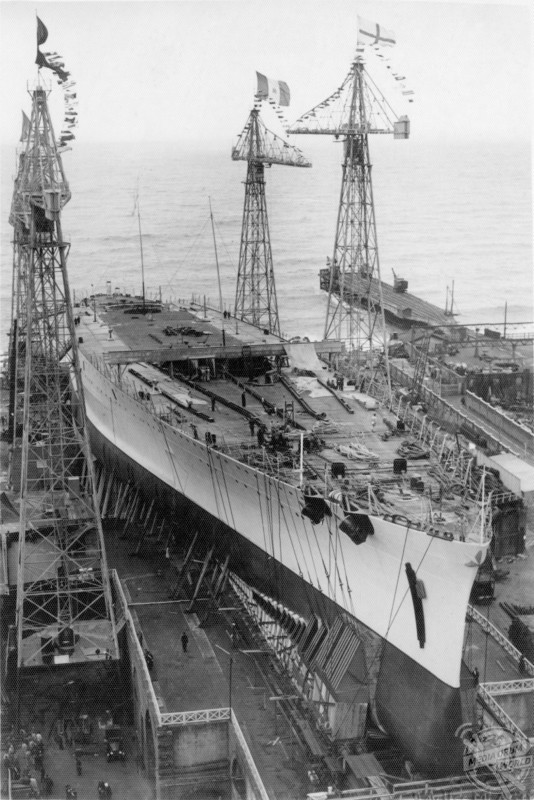
Fonthill Media / mediadrumworld.com
“Campini had collaborated with the German firm Argus until 1939, working on the development of jet-propulsion aircraft guided by radio. The cooperation ended after the start of the war, however, some of the Argus projects did come into effect in the Fi 103 known as the V-1.
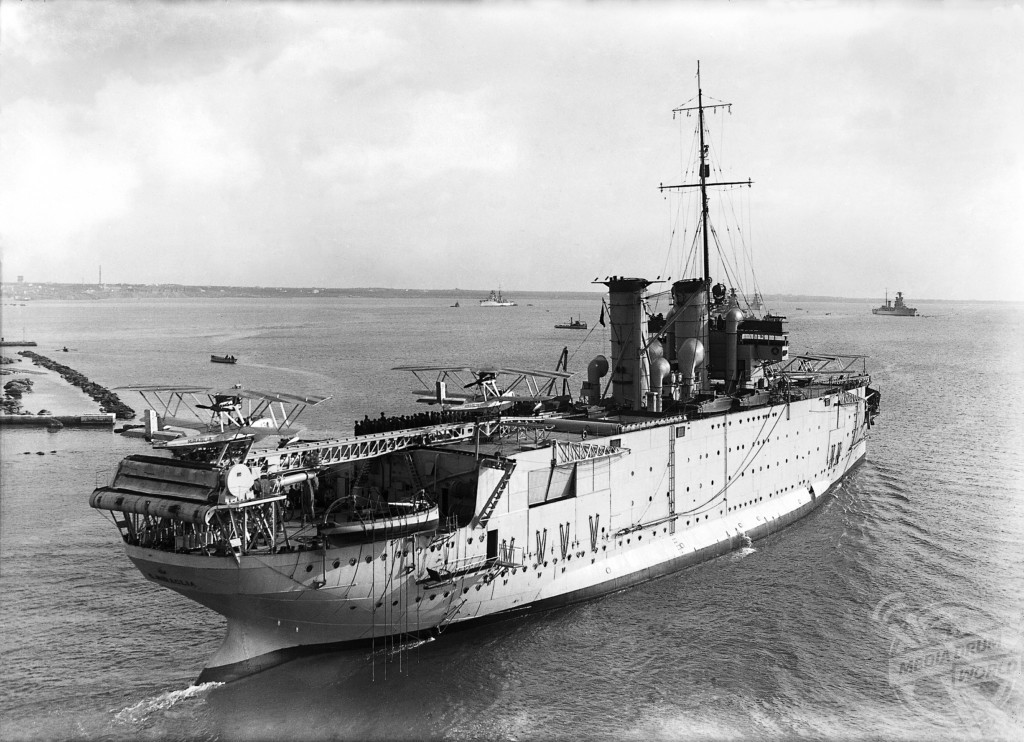
Fonthill Media / mediadrumworld.com
“Prior to 1940 in Italy, Campini developed the DAAC (acronym for Dispositivo Anti Aereo Campini), a rocket-propulsion weapon with anti-aircraft goals. The weapon was radio guided and was experimented in five units in April 1940 in Libya (Tripolitania) against captive balloons, with success.
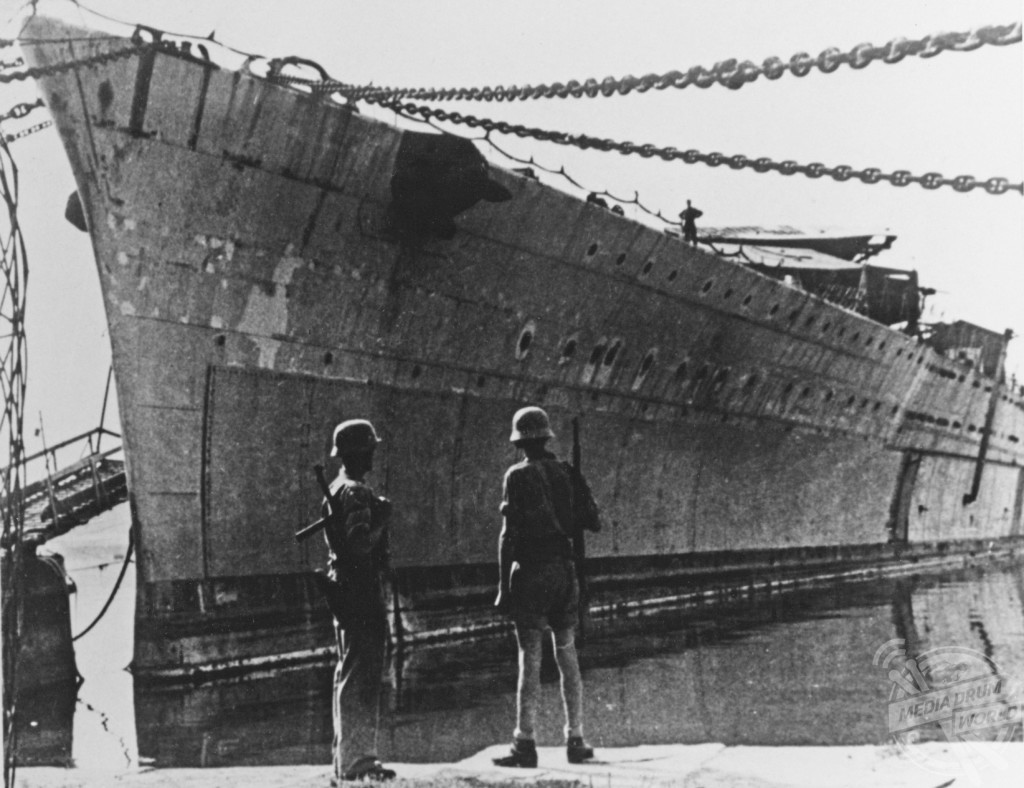
Fonthill Media / mediadrumworld.com
“The Ansaldo designers immediately recognised the excellent potential of the DAAC as an anti-ship weapon. Its range was larger than the big calibre guns and it could be launched from simply modified naval gun carriages (big or medium units).
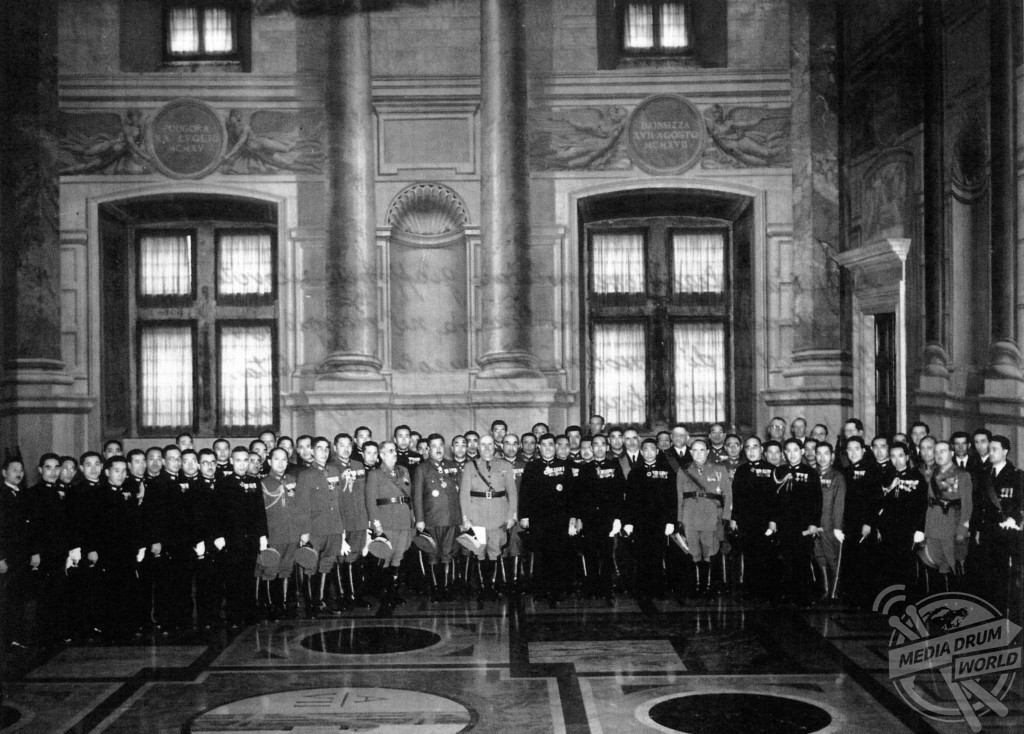
Fonthill Media / mediadrumworld.com
“It also had the ability to be radio guided and its speed made it much more interesting, in terms of damage caused, than the naval shells. The explosive charge was, also in the ‘light’ version, five times greater than the charge in one 381-mm shell (but obviously with very different penetration capabilities).
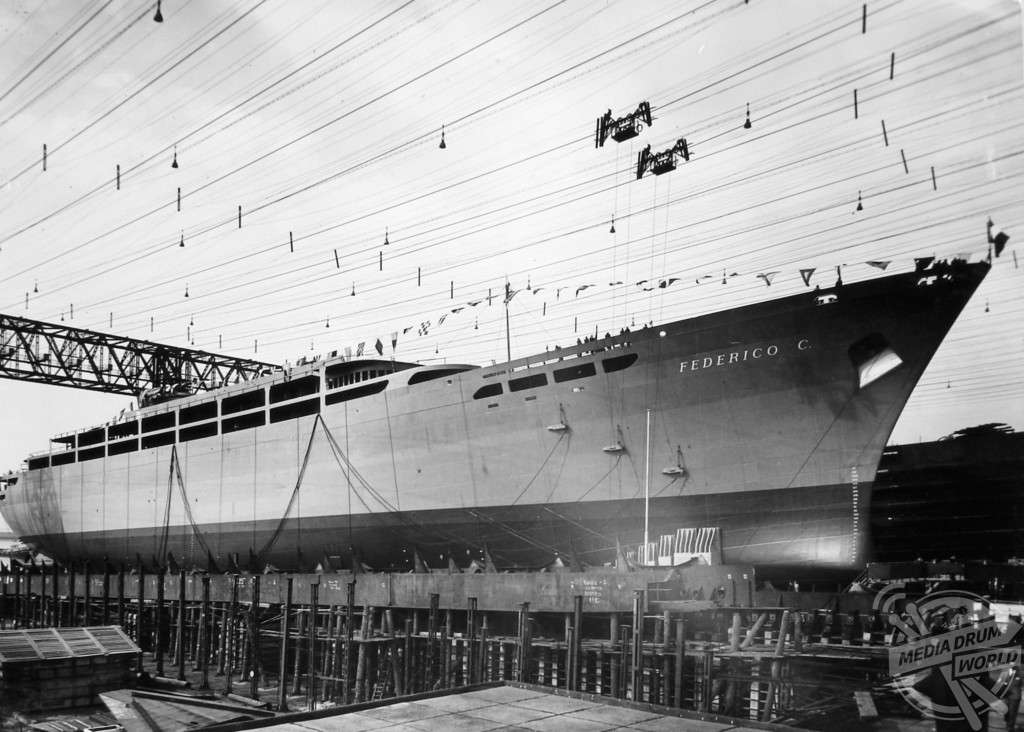
Fonthill Media / mediadrumworld.com
“The loaded weapon weight (approximately a half of a 381-mm shell) made it easy to be moved on board. However, securing the engine’s liquid fuels on-board still remained a problem.”
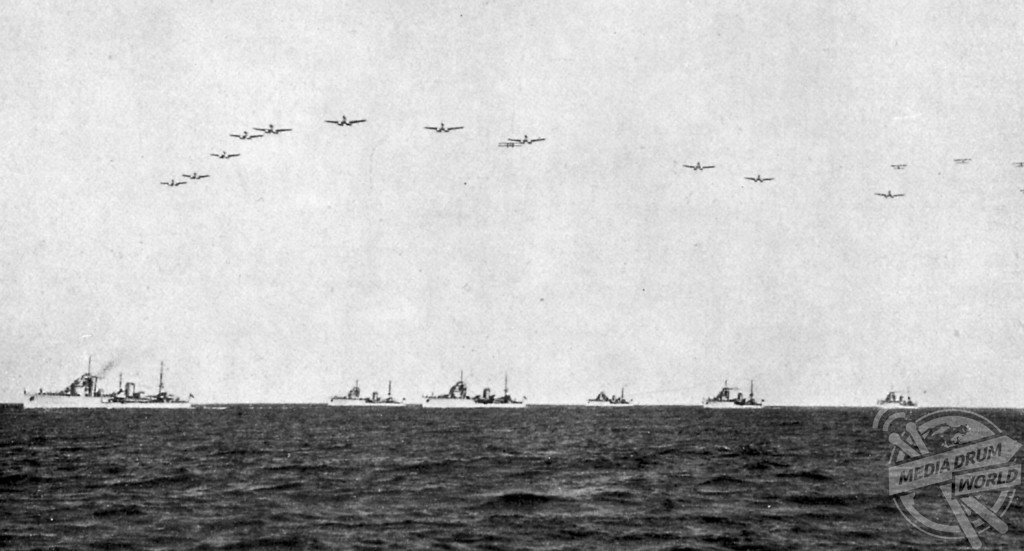
Fonthill Media / mediadrumworld.com
Impero, meaning ‘empire’, was first used in November 1939 and expanded an impressive 790 feet long and an underwater width, or ‘beam’, of 104 feet. The sizeable engines had a top speed of 30 knots, an approximate of 35 miles per hour.
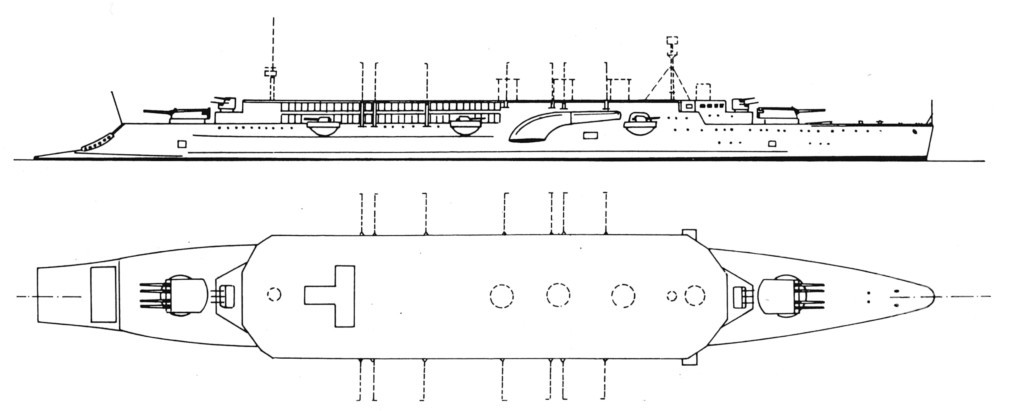
Fonthill Media / mediadrumworld.com
However, Impero was never completed due to Italy’s involvement in the Second World War, which 9nstead divided their attention to carrier warships. The Italian navy, Regia Marina, were substantially weaker than that of the enemy, so their focus had to be adjusted if they were to make an impact in the fight against Germany’s power.

Fonthill Media / mediadrumworld.com
This was the final Italian battleship to be built as the construction focus later directed to fleet aircraft carrier which would pave the way for the next age of battalion defences.
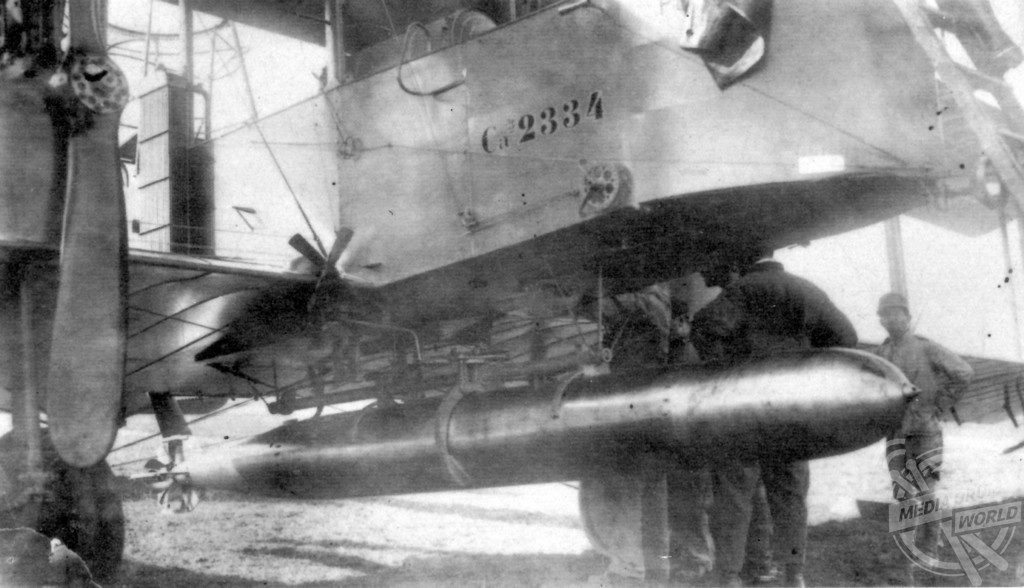
Fonthill Media / mediadrumworld.com
Following Italy’s surrender to the Allied Powers on the September 8, 1943, Impero was captured by the German forces and sunk by bombers in February 1945. This wasn’t the end of Impero’s legacy however, as she was brought back to the surface two years later to be scrapped.
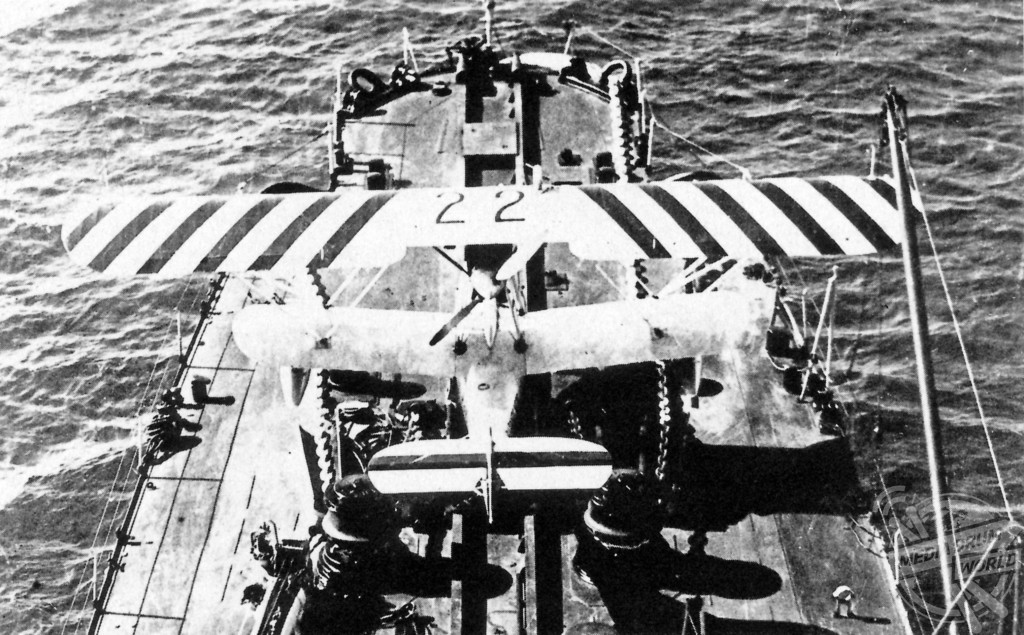
Fonthill Media / mediadrumworld.com
You can read more about Impero’s unique history, which demonstrated a U-turn in Italy’s wartime focus, in Davide F. Jabes and Stefano Sappino’s new book, ‘Aircraft Carrier Impero: The Axis Powers’ V-1 Carrying Capital Ship’, RRP £21.00, published by Fonthill.

